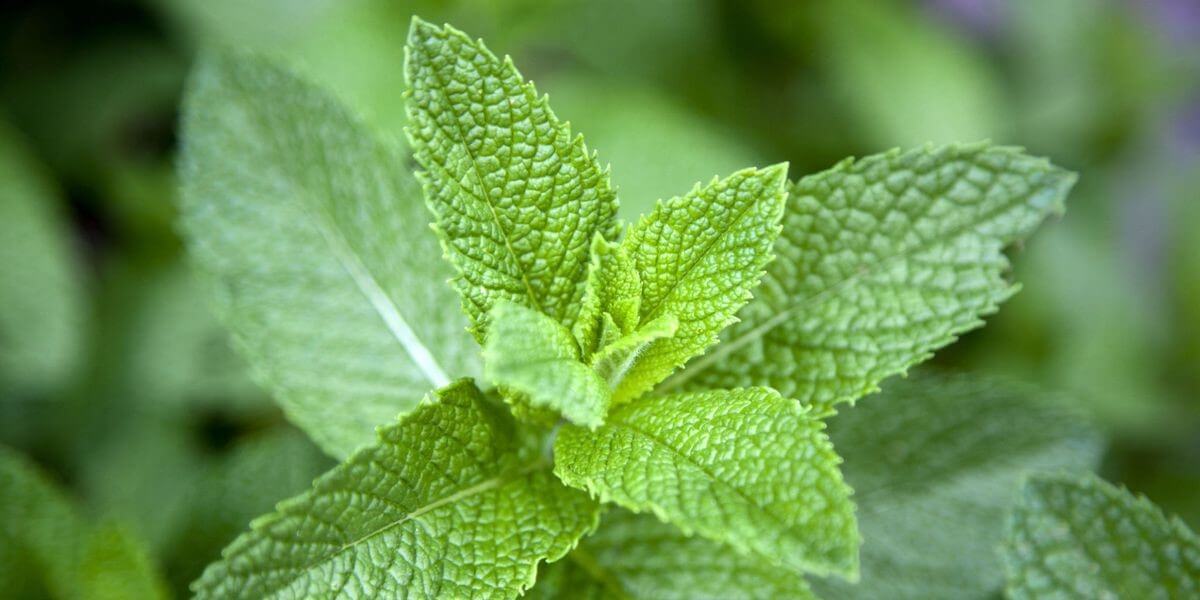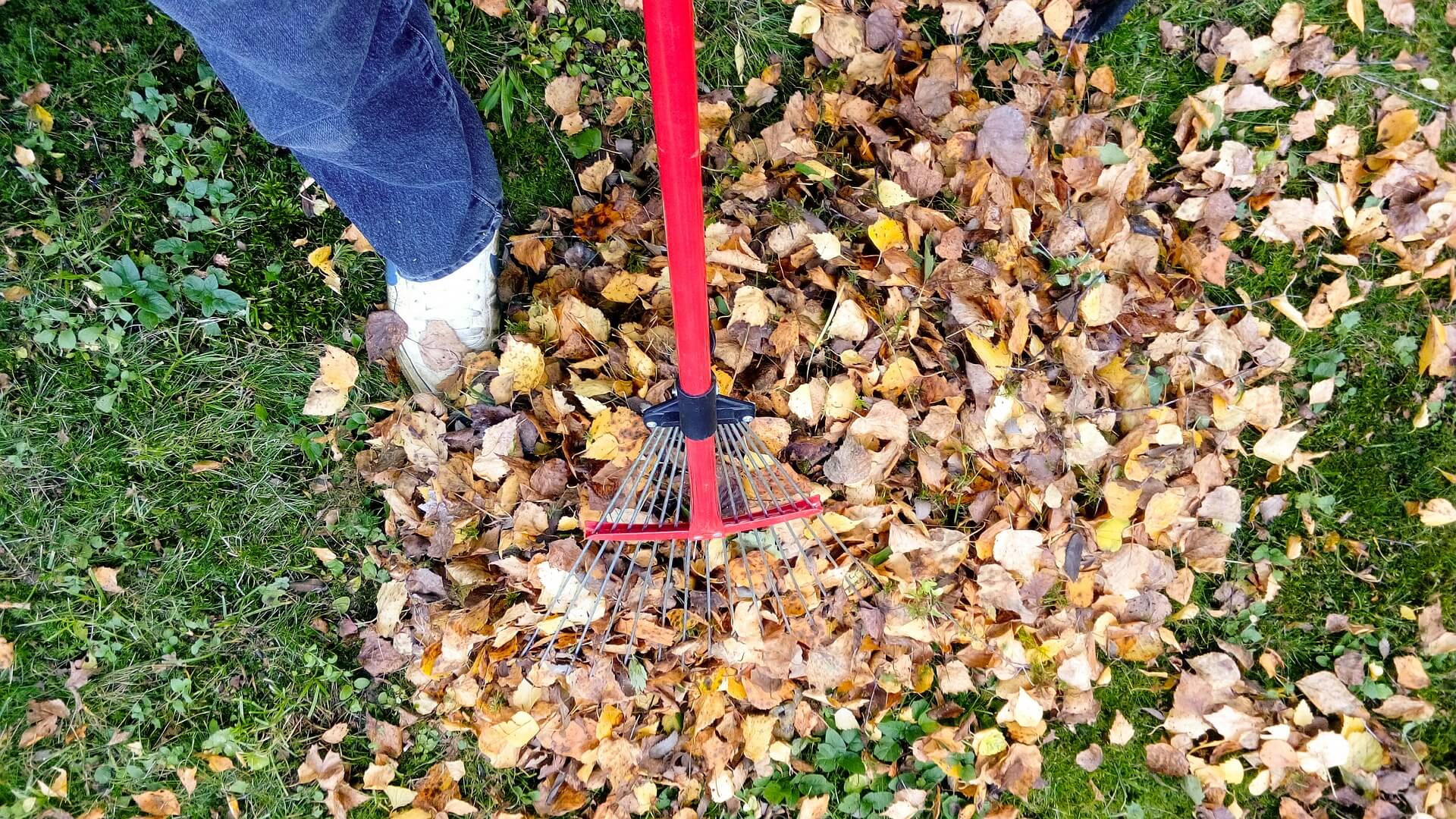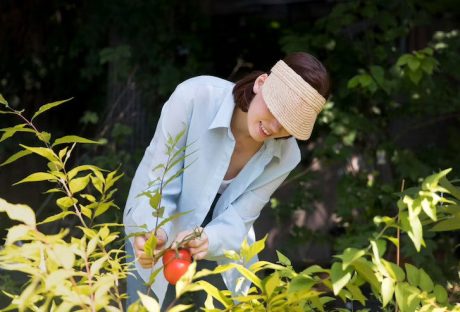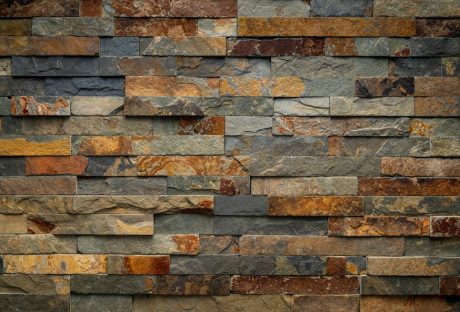Mint is a wonderful plant that practically cultivates itself. So fast is its growth that it can threaten to spread across and take over your entire yard or garden. One way to battle this is to confine its growth by planting it in a pot or a separate bed. However, once you have this plant, you will be glad, because it has properties that make it fruity and a great addition to tea and foods.
As can be seen here, it is also quite useful in health remedies that can aid digestion and relieve headaches. We know you already feel enthralled by this herb and would like to know more. So, why don’t you read on and discover more amazing things about mint…
What Mint is All About
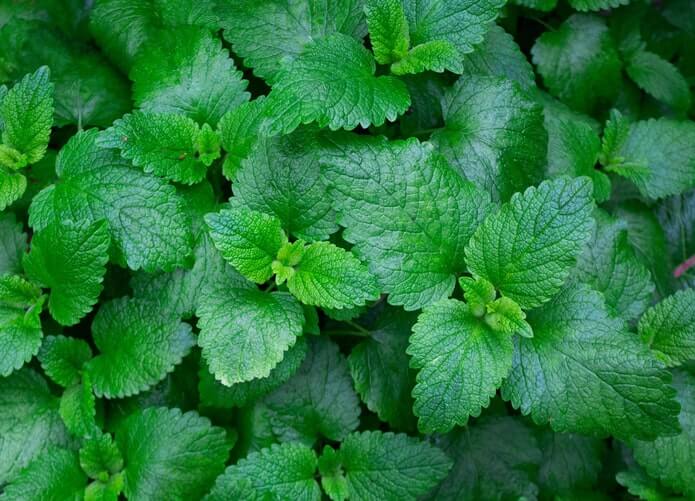
Mint is an herb that is perennial and has a very wonderful fragrance. Its leaves are toothed and may have tiny pink, white, or purple flowers. Mint has so many variants from crinkled or smooth, to fuzzy or shiny. However, one thing is constant despite what kind of variant it is; all mints have that wonderful fragrance.
Hence, whenever you pick up any variant of this great herb and roll it in your fingers, you would get the same smell that will make you either think of sweet teas, candy, or mint juleps.
Aside from being a wonderful kitchen companion, this herb is also used as ground covers, garden accents, herbal medicines, and air fresheners. Mints are functional as well as beautiful and can grow either in shades or under the sun. However, as we already said, this plant is a vigorous spreader; therefore, unless you want to have too much than you need, you have to be very deliberate about planting it.
Uses

We have already stated several things that mints can be used for, but there are still so many more benefits of this wonderful herb. Below are some of these benefits:
- Can be used to make mint tea. To do this, simply put the leaves in a cup of hot water and then leave it to sit for some minutes.
- Make tasty ice cubes with it by freezing the leaves with raspberries and cranberries.
- Add it to a salad dressing, marinades, or fruit salad.
- Use it to relieve headaches by applying It’s oil to the temples.
- It can also be used to relieve anxiety and stress.
Yes, mints have many other health benefits, but though not a practical use, it is also used as a virtue symbol.
Planting Mints
If you decide to plant mints in your garden or yard, then below are some important things that you have to know:
- They flourish in light earth which has good drainage.
- Their original habitats are stream banks, so, the site you plant them should imitate stream bank soils. That is to say, ensure the soil you plant your mints is moist but also well-drained.
- Variegated mints should not be planted in direct sun as they require a bit of shade.
- Mints typically grow to become one to two feet tall.
- If you plant them in a container or pot, then you would need to topdress them with organic or compost fertilizer once in a few months.
- If you plant mints in your garden, ensure to plant them next to tomatoes or cabbages, this will help contain their spread and prevent them from stealing your crops’ nutrients.
Care
Mints do not require that much care; however, you should consider the following points when caring for them:
- If planted outdoor, use light mulch. You can visit https://www.thespruce.com/what-is-mulch-1402413 to read up more on mulch. The light mulch will ensure the soil remains moist and also help the leaves to stay clean.
- If planted indoors, then ensure you water them often to help the soil stay evenly moist.
- Mints should be picked and pruned regularly. Like we have stated many times already, these guys are fast spreaders, therefore, you would need a lot of pruning to stop them from taking over everything. This should not worry you since their roots are shallow making it quite easy to drag them out of the soil.
The Propagating
You do not need to do a lot to propagate mint. The perfect way to go about this is to find the plant which you like and then cut out of it. Ensure the cutting is at least 6 inches and has ample roots attached. Then plant them in the soil horizontally.
You can always get a cutting from a gardening friend, so this is nothing to worry about.
Harvesting and Storing
To learn how to harvest mint is quite easy, it typically does not involve any special skill. You may either pick the leaves individually, or you may use shears to prune the plant and then take off the leaves from the stem you had cut off.
Despite the harvesting process being relatively easy, you need to remember a few things when you harvest your mints:
- Frequent harvesting will keep the plant at its best.
- The younger leaves have a better flavor than the old ones.
- You can pluck the leaves whenever you need mints.
- If you need dry mints, then pluck the leaves before flowering and then save them in an airtight container.
You can also store fresh mints that you do not immediately have use for. To do this, put water in a glass and then put the stems inside the water. The mint will stay fresh for 3 to 7 days this way. You may equally put the mints inside a rubber bag and then store them in your refrigerator. This should keep it fresh for at least a week.
Conclusion
Mint is an herb that would make a very great addition to your garden or yard. But, without proper knowledge about the plant, everything may spiral out of control. Therefore, you must have basic knowledge about planting, caring for, and harvesting this plant before you farm it.
Read Also:













